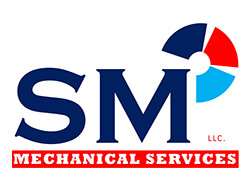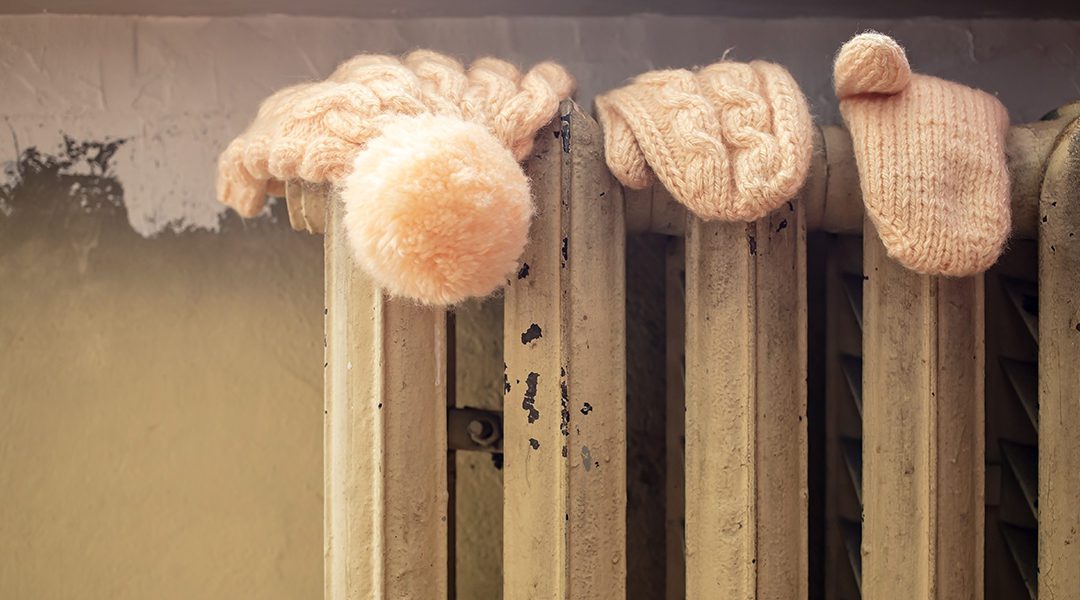Are you planning on buying a home? Let SM Mechanical Services, LLC examine and check the HVAC system. Book an appointment today by calling us at (860) 296-5100.
Buying a home has many benefits, including a good investment, a solid foundation, and an established neighborhood. However, the home may have old and defective appliances. Before buying a home with an old HVAC system, call SM Mechanical Services, the top Marlborough heating and cooling company.
1. Perform a Physical Inspection and System Check
During the walkthrough, inspect the potential home’s HVAC system and equipment. Check for rust, dents, cracks, and water stains around the main units. If the system shows visible damage, consider having an HVAC technician examine it.
The second step involves ensuring the furnace and air conditioner work. Turn the system on and listen carefully for malfunctioning sounds, such as banging, hissing, or grinding. Then, place your hand over the vents to check for adequate cold or warm air.
2. Consider the Age and History of the System
Obtain a copy of the HVAC system maintenance records from the homeowner. Ask about the age of the heating and cooling system. Most HVAC systems have an average lifespan of 15 to 20 years when properly maintained.
The records should indicate the HVAC system’s maintenance and repair history. A poorly maintained HVAC or older system is prone to breakdowns. Research the model of the home’s particular HVAC system and determine how long it typically lasts.
Get an assessment from an HVAC professional to weigh repair versus replacement costs. An HVAC technician can check the unit’s parts and service records to estimate longevity. Consider replacing an HVAC system older than 15 years.
3. Inspect the HVAC Ductwork
The ductwork has the task of transporting air from the heating and cooling system. It’s crucial to inspect all ducts in the home. Don’t forget to check the attic or crawlspace for gaps in the ductwork.
Examine the HVAC vents to verify that the ducting material is firmly connected. Check accessible ducts for dirt, debris, mold, and other contaminants. The accumulation of dust indicates signs of neglect, which can lead to system failure.
4. Ask About Home Insulation
Gather information on the home’s insulation, including the type, level, and installation date. Insufficient insulation or the wrong kind can make the home less efficient. In such cases, you will end up paying higher energy bills.
The insulation in the home may need replacement if it has settled or the installation took place years ago. Monitor the comfort level while walking through the home. If you feel chilly or encounter unwanted drafts, ask about the insulation and have a professional take a look.
5. Ask About the System’s Refrigerant
Many older air conditioning systems use R22 refrigerants. Newer HVAC systems cannot use R22 because of Environmental Protection Agency (EPA) restrictions. As a result, R22 will remain harder to find and more expensive to purchase.
Before buying a home with an old HVAC, ask about the refrigerant. Many homeowners have already switched to more eco-friendly refrigerants, such as R410A. An HVAC technician can assess the existing unit to retrofit it for the new refrigerant.
6. Ask About HVAC Zoning
A properly built HVAC zoning system will help save on energy bills. Heating and cooling systems with HVAC zoning regulate and redirect airflow via dampers in the ductwork. Zoning can create customized temperature zones that increase comfort and efficiency.
Ask the homeowner about HVAC zoning or the ability to add zones. Check for proper airflow, cooling, and heating if the home already has zones. An HVAC technician can test the dampers and reset the thermostat settings to match your desired temperatures.
7. Room-by-Room Temperature Test
Walk through the home to observe every room’s temperature and humidity levels. Check for temperature fluctuations between rooms. Blocked or leaky ductwork, a poorly sized furnace or air conditioner, blocked vents, poor insulation, or an old HVAC system can contribute to uneven temperatures.
8. Check Vent Flow
Locate the vents and evaluate their intake and outflow abilities. Check whether the vents consistently release air throughout the home. The most common reasons for low airflow include clogged or dirty air ducts, leaky ductwork, grimy air filters, and incorrectly sized ducts and vents.
9. Check Thermostats and Detectors
Before buying a home, check the thermostat, smoke detectors, and carbon monoxide detectors. When considering whether to replace these items, you should inquire about their age, model, and capabilities. Older thermostats provide inaccurate readings and experience failures.
Some older homes still have standard thermostat systems. These thermostats use mercury ampules or heat-sensitive coils instead of today’s more precise electronic sensors. Consider replacing the thermostat if the home has an outdated dial system.
10. Old vs. New HVAC System
If you plan to buy a home, factor in the cost of a new HVAC system. An old, worn-out system may suddenly break down and require replacement. Also, consider how much it costs to operate an older system.
Older HVAC systems can lose their energy efficiency. Ask the homeowner to show you their past energy bills. A high energy bill indicates that the home’s HVAC system has not received tune-ups at regular maintenance intervals.
11. Ask About Warranty and Service Plans
Ask the homeowner whether the HVAC system still has a valid warranty or service plan. Is the plan transferrable to a new owner? In some cases, you can obtain a one-year warranty extension from the current homeowner to cover the failure of HVAC systems and other appliances.
Give SM Mechanical Services a Call Today
Before buying a home with an old HVAC system, give us a call. The HVAC professionals at SM Mechanical Services can test the system, perform maintenance services, provide a replacement, and ensure your home remains comfortable all year round. Visit us to learn more about common summer AC problems.
Call SM Mechanical Services today to inspect a home’s HVAC system. We’re available at (860) 296-5100.

